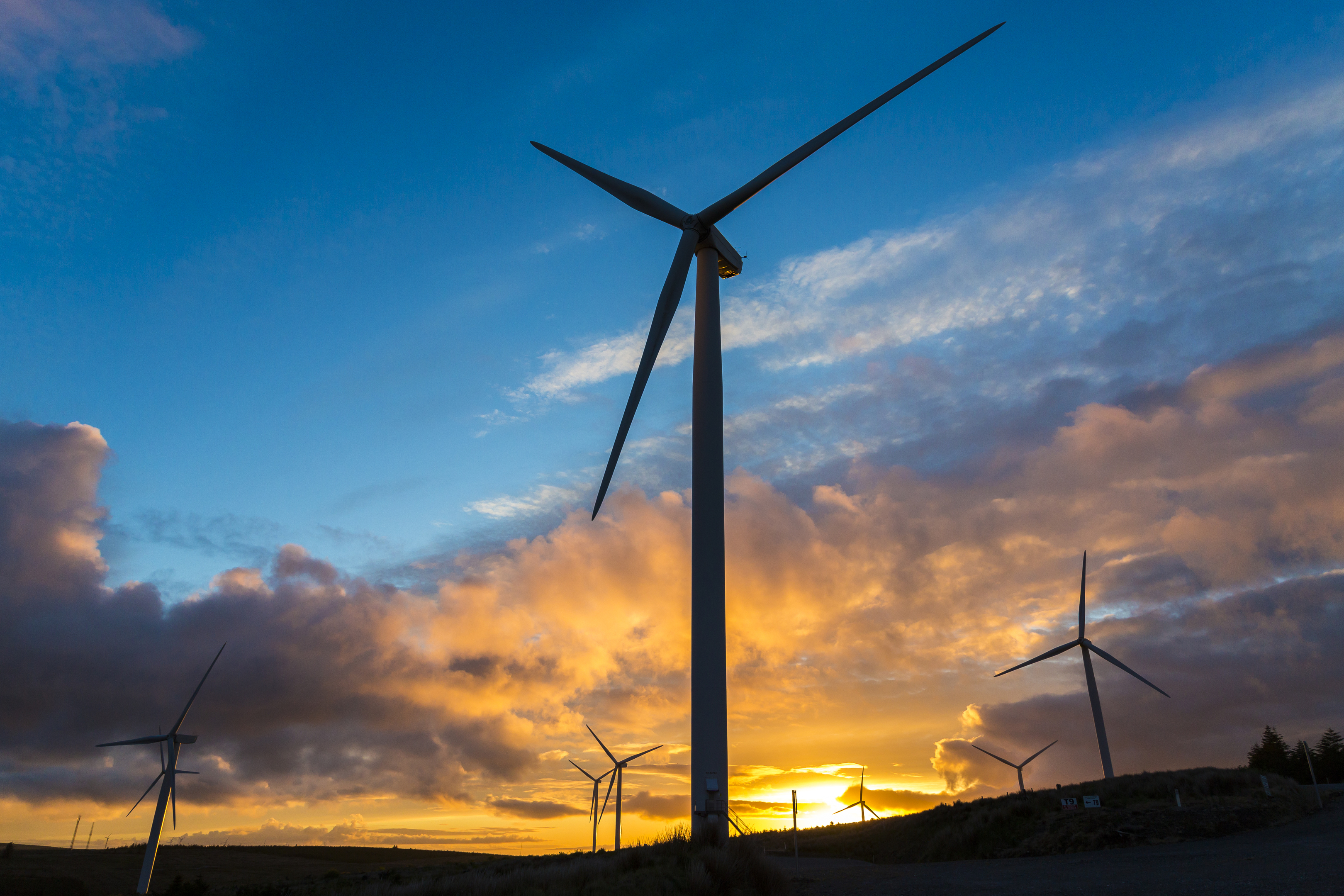
The upcoming energy transition will change approaches towards constructing power systems and their topology. Developing renewables is becoming increasingly critical as the transition away from big energy facilities based on using fossil fuels will lead to the redesign of our energy infrastructure, notably distribution grids.
Changes in the organization of our power systems will be undertaken with a view to ensuring that a larger share of intermittent power generation sources, like solar and wind, continue to provide reliable energy supply. Moving towards a carbon-free energy future will require deeper cross-border electricity interconnections. Concurrently, we mustn’t forget the importance of gas networks which will likely play a key role in transporting hydrogen across gas distribution grids for a range of end purposes.
It isn’t a surprise, then, that developed countries are announcing their plans to invest more in transmission and distribution infrastructure. US officials have made known their intentions to revive a $40 billion loan program to drive improvements in the country’s power grid. While, the EU is also set to pay closer attention to its power grids. It is vital to note that these expenditures are not a burden. By investing €375-425bn in power grid modernization in Europe over the next decade, half a million jobs will be created.
Yet in Ukraine, energy grids remain outdated and depreciated. On one hand, this represents a good investment opportunity which could lead to further gains in business activity across the energy sector. But on the other, there is a lack of confidence that modernization will occur at the needed speed and that our grids will be the Achilles’ heel of Ukraine’s energy transition.
Ill-conceived regulations in Ukraine are a key reason for the poor condition of the country’s grids. The state has always been reluctant to set justified prices for energy services and has instead favoured subsidizing prices for households. Moreover, populism and paternalism have all prevented the introduction of key reforms and the development of efficient energy markets in Ukraine. Energy companies have also suffered from a lack of resources which has impacted their ability to maintain the grids. In the case of state-owned companies, inefficient management and corruption has resulted in an even worse situation for their assets.
Power distribution grids
Today, more than 50 percent of power transmission and distribution grids in Ukraine require immediate repair or replacement. This naturally affects the quality of the country’s power supply. According to the interruption duration index (SAIDI), Ukraine, on average, suffers significantly more than other European states, with no signs of improvement in the quality and reliability of the power supply.
In the middle of last year, the national energy regulator approved a move from a cost-based tariff design for electricity distribution system operators (DSO) to an incentive-based approach. While this is better suited for DSOs, the approach is not without its flaws, as was recognised by the Energy Community. There are also doubts concerning the current methodology’s ability to expedite the modernization of power distribution grids as companies may not allocate the necessary funds.
Gas distribution grids
Gas networks as previously pointed out are not in any better condition in Ukraine. Most gas DSOs have been unprofitable since their unbundling in 2015 and have embarked on hundreds of lawsuits, claiming that the approved tariff did not cover their expenses. Despite the energy regulator augmenting national tariffs for has distribution to cover these losses, problems in the industry persist.
Existing gas grids in Ukraine require a complete redesign. Domestic gas consumption has fallen drastically in this post-independence period. But under the current tariff design, at a time when gas distribution operators remain unprofitable and state policy unpredictable and, in some cases, untransparent, it is difficult to imagine much willingness on the part of companies to invest in these pipelines.
Entering the hydrogen race
What could reenergize gas distribution pipelines in Ukraine is hydrogen. The EU in its Hydrogen strategy accredits a strategic role to Ukraine as a possible supplier of renewable hydrogen.
Sate-owned Naftogaz has already announced a plan to enter the hydrogen production race, while gas DSOs have begun deep on-site testing of this gas transportation. Yet, all these efforts will not establish a new hydrogen future if derelict infrastructure is utilised to carry and store hydrogen. Boosting the hydrogen economy in Ukraine necessitates reliable power grids to connect new renewable energy capacities, and modernized gas transmission and distribution pipelines, capable of carrying the renewable gas safely and efficiently. This will also ensure closer interaction between the power and gas sectors.
Given how aged and depreciated Ukraine’s energy infrastructure is, the absence of any long-term policy with a view to modernization is an impediment to the country’s energy transition. Solving Ukraine’s infrastructure issue, therefore, requires a transparent and long-term state policy on power grids and pipelines. Unfortunately, we don’t have time to promote the development of a renewable hydrogen industry, as Russia will try to occupy this market. As I wrote earlier, we all may face a new gas war between Ukraine and Russia – a hydrogen war – yet, this time, Ukraine’s energy transition is on the line
Andrian Prokip is a senior associate at the Kennan Institute and an energy analyst at the Ukrainian Institute for the Future.
Recommended for you
